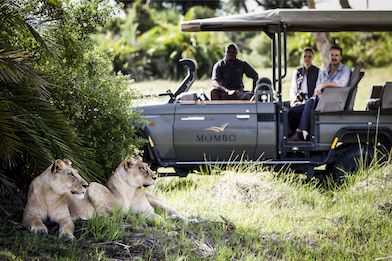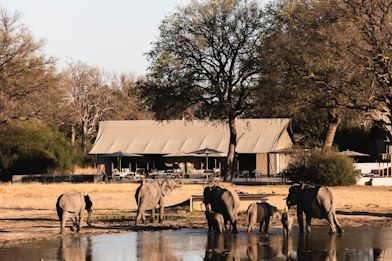The Jao Reserve is set in the magnificent Okavango Delta region of Botswana where the floodplains nurture hundreds of bird species, some found only in this area. While visiting one of the phenomenal camps in the reserve, keep an eye out for the specialist water birds that can be seen amongst the reeds and grasses while you are out on a boat or mokoro ride.
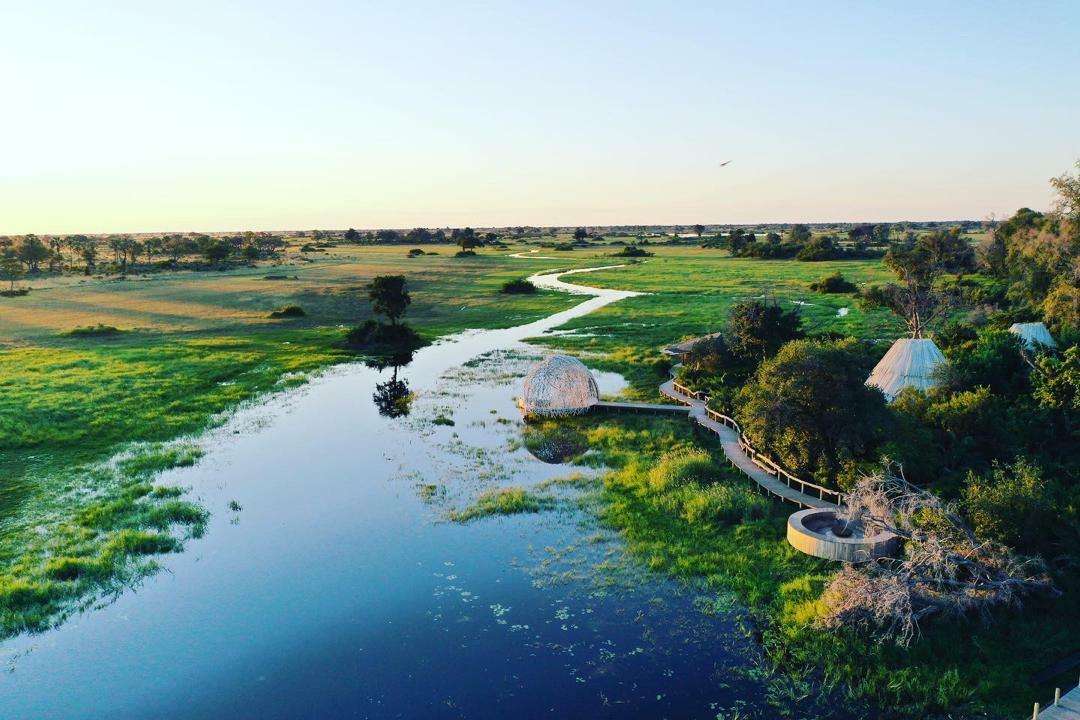
#1 Slaty Egret
The slaty egret can appear black in low light but is dark gray, making it rarer than the black egret, with slightly different behaviour as well. Approximately 85% of the world’s slaty egret population is found in the Okavango Delta region, making it a very special sight.
These birds feed mainly on small fish, but will settle for frogs or snails where these aren’t as abundant. Their breeding season coincides with higher water levels on the floodplains, generally between March and June, with females laying up to four eggs on average.
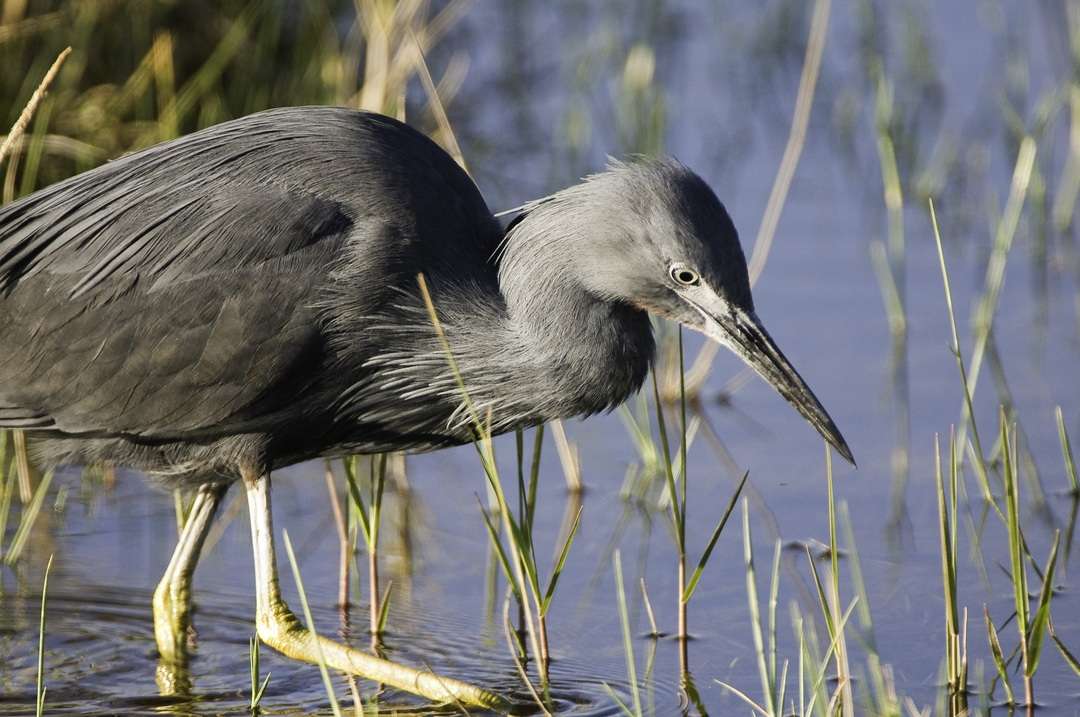
#2 Wattled Crane
A number of rare birds call the Jao Reserve home, among them the protected wattled crane, which is classified as Vulnerable on the IUCN Red List.While more than half the world’s wattled cranes can be found in Zambia, the Okavango Delta is the region with the largest concentration of them, as they are highly dependent on wetland biomes.
The name ‘wattled crane’ comes from the small wattle that dangles just under their beaks. These large birds have a wingspan of 2.5 metres and weigh up to 8 kg (18 lbs). While they mostly eat the wetland vegetation, they are omnivores, also feeding on small reptiles, frogs and insects.
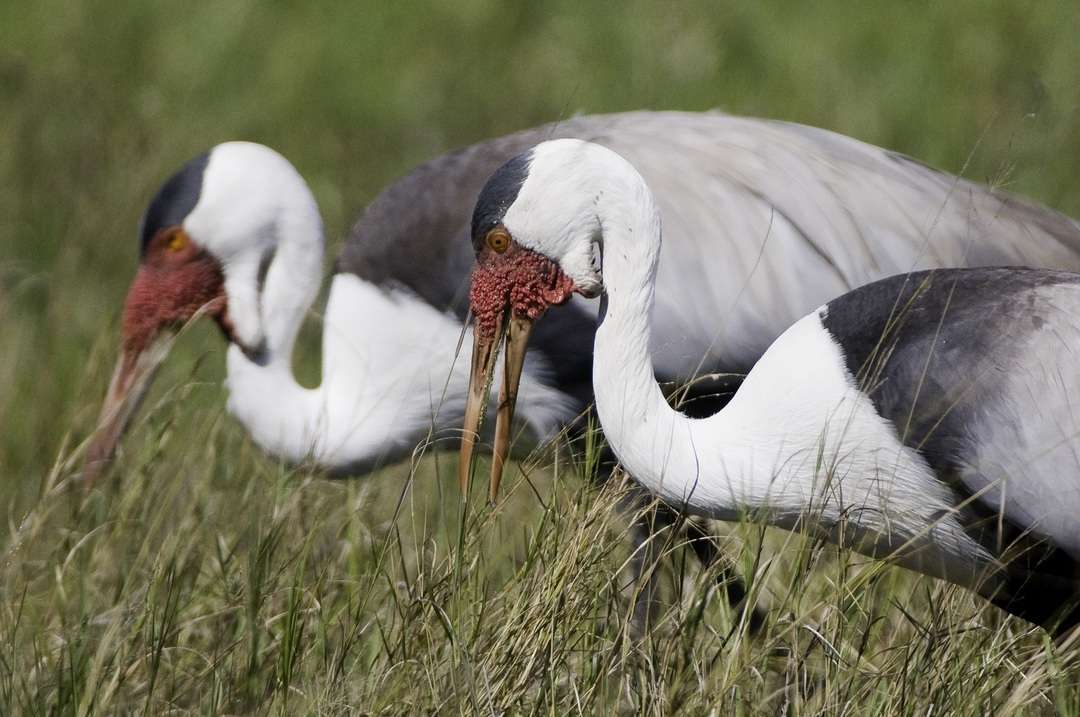
#3 Rosy-throated Longclaw
An interesting aspect of the rosy-throated longclaw is in the second part of its name. Its feet have the regular three front claws with a much longer fourth hind claw, which is thought to help it navigate longer wetland grasses.
These little birds mainly forage through the grass to find insects but have been known to consume frogs as well. The male and female do have most of the same characteristics but during the breeding season, a black band appears on the male’s chest, a sign that it is eligible.

#4 African Pygmy Goose
The African pygmy goose is the smallest species of waterfowl in the world (when considering length as the deciding measurement) and has a vast range across Africa, with some even found in Madagascar.
The female nests during the rainy season and its clutch of up to around 12 eggs is laid in the strangest of places, having been sighted in termite mounds, tree holes and even the nests of hamerkop birds. While the male and female do appear similar, the male can be spotted by the distinctive green patch on the side of its neck.
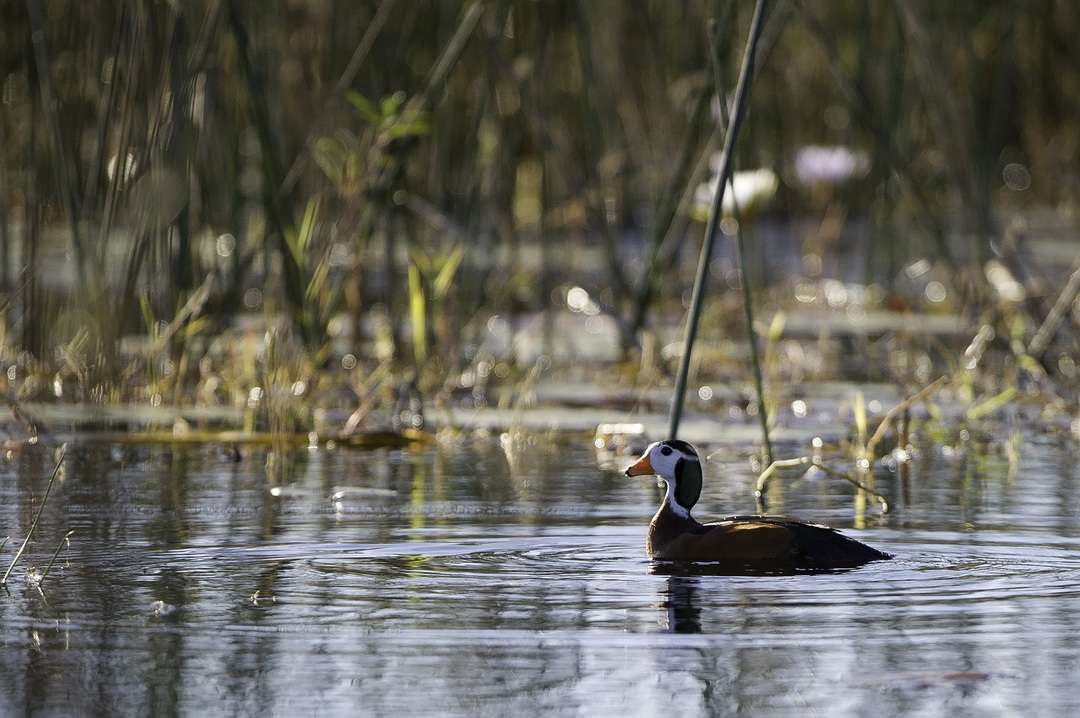
#5 Pel’s Fishing Owl
There are several owls to see in the Okavango Delta – including the Verreaux’s eagle-owl – but many visitors to the region hope to glimpse the elusive Pel’s fishing-owl. This impressive species of fishing-owl perches on large trees overhanging rivers and swamps, which make the Jao Reserve an ideal habitat.
The call of this species can be heard from up to 3 km away and is very distinctive. A key difference between this owl and some other owls is how its features are adapted to its diet. It does not possess the soft front edges to its flight feathers that other owls use to fly silently over their prey, and it also does not have a concave face structure – all because it does not need these for catching underwater prey.
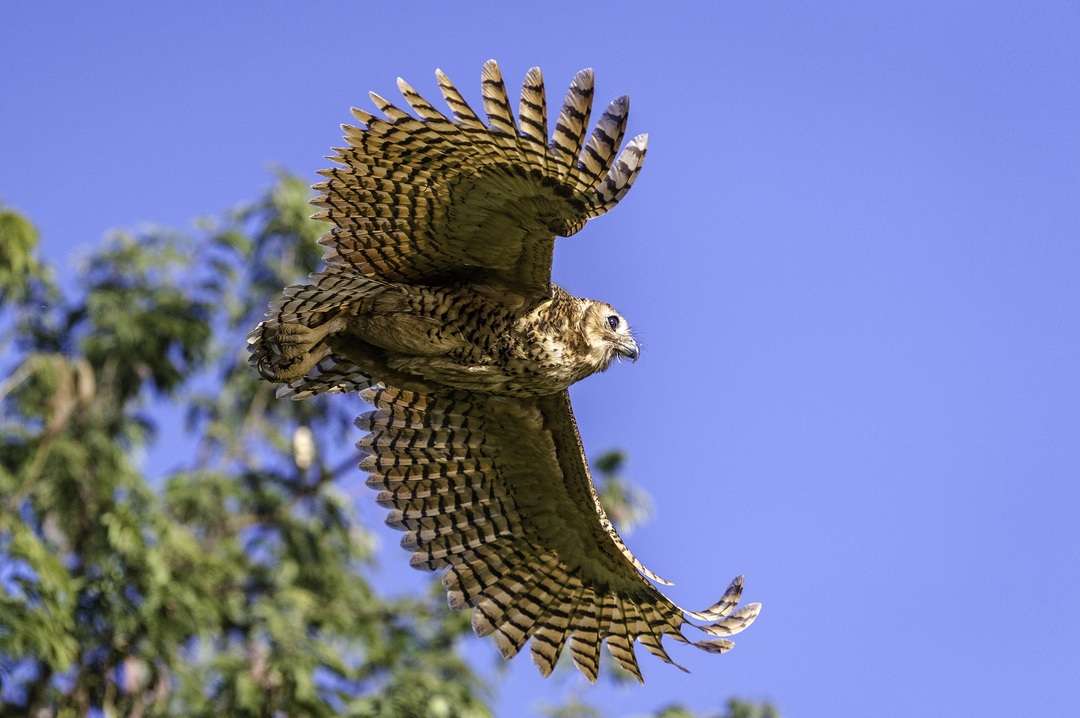
#6 Lesser Jacana
Slightly different in appearance to the African jacana, the lesser jacana is also very nomadic, following the water in search of food. On the waters of the Jao Reserve, they are often sighted walking between lily pads (earning it the alternative name of ‘the lesser lily-trotter’), foraging for insects on the vegetation.
These birds nest on the water, with both parents playing a part in incubating between two and five eggs on average. They also stay in monogamous pairs, only seeking a new mate once one of them perishes.
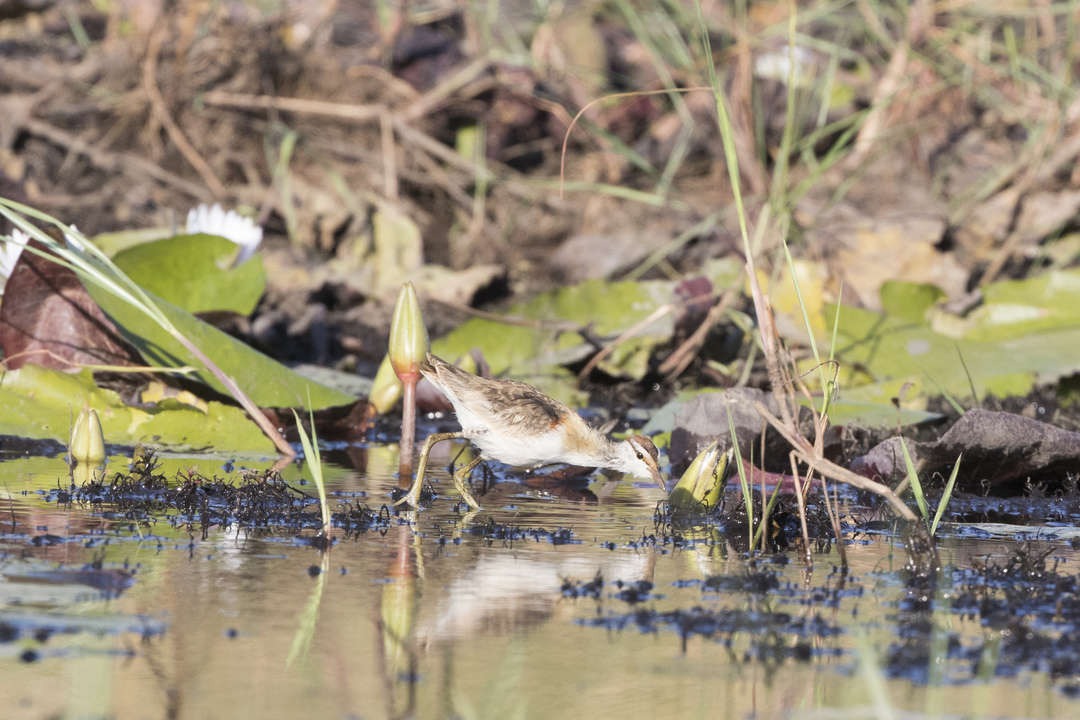
These birds are just a fraction of the avian life that flourishes here in the abundance of the Jao Reserve’s aquatic riches. If, after encountering these astonishing water birds, you are interested in venturing beyond the beautiful Okavango Delta, have a look at our 5 Best Wilderness Destinations to See Birds in Africa.


